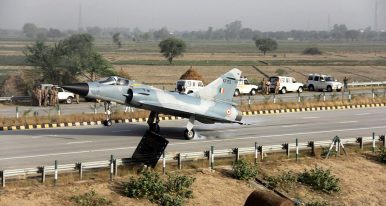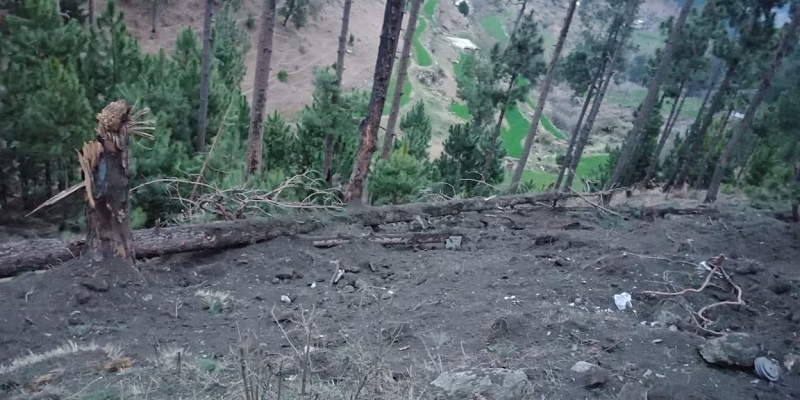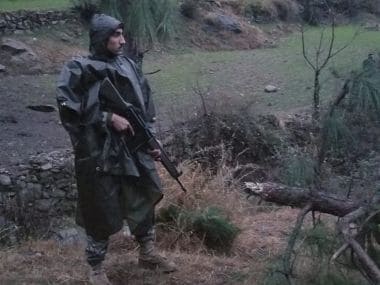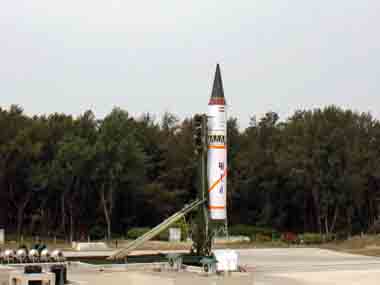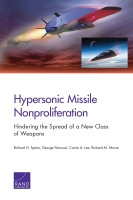By Ruchir Sharma
Like most national elections in India, the one coming this spring will be decided in the mofussil. Originally a colonial term for any town outside the commercial capitals of the British Raj, mofussil now refers to the provincial areas beyond the burgeoning megacities of Mumbai and New Delhi, that is, to the rural and impoverished stretches where two out of three Indians live.
Come April or May, the inhabitants of these rural towns will vote in what is shaping up to be an unexpectedly tight race pitting the Hindu nationalist Bharatiya Janata Party of Prime Minister Narendra Modi against the Indian National Congress, led by Rahul Gandhi. Until a year ago, Modi looked like the sure winner. He had sidelined all rivals in the BJP and overshadowed Gandhi and the rest of the opposition. He was running the most centralized administration India had seen in decades, with decisions large and small funneled through the prime minister’s office. The BJP and its allies went from governing six of India’s 29 states in 2014 to holding 21 by early 2018. So firm seemed Modi’s grip on power that many Indian liberals began drawing parallels to the slide toward one-man rule in Vladimir Putin’s Russia and Recep Tayyip Erdogan’s Turkey.
